Animals
-
 Genetics
GeneticsGiant moa thrived before people reached New Zealand
Humans probably caused the extinction of giant wingless birds called moa in New Zealand, DNA evidence suggests.
-
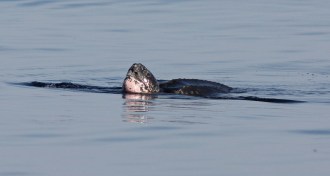 Animals
AnimalsHow to count a sea turtle
Trends, not absolute numbers, matter more when it comes to conservation efforts for sea turtles.
-
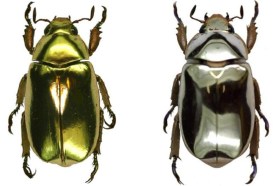 Animals
AnimalsThere’s plenty of bling in the natural world
Beetles that look like solid gold are just the start to jewel-like and metallic looks in nature.
-
 Animals
AnimalsAmphibian diseases flow through animal trade
Discovery of chytrid fungus and ranaviruses in frogs and toads exported from Hong Kong shows how pathogens may spread.
-
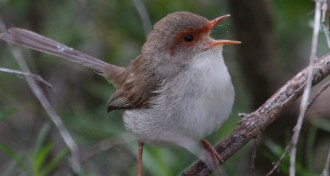 Animals
AnimalsSing a song of bird phylogeny
A new study challenges assumptions about birdsong, finding that the majority of songbird species have female singers.
-
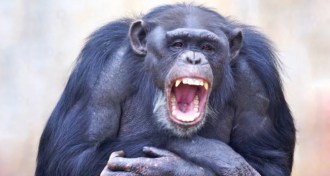 Animals
AnimalsChimps catch people’s yawns in sign of flexible empathy
Chimpanzees may show humanlike empathy, as evidenced by their contagious yawning.
By Bruce Bower -
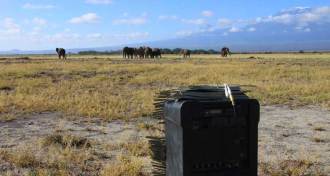 Animals
AnimalsElephants can tell men’s voices from women’s
Amboseli elephants may pick out age and gender — and even distinguish between languages — when listening to human voices.
By Susan Milius -
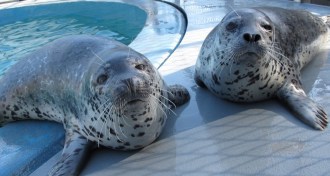 Animals
AnimalsSpotted seals hear well in and out of water
Spotted seals, native to the northern parts of the Pacific, hear frequencies that may mean they are susceptible to the effects of anthropogenic noise.
-
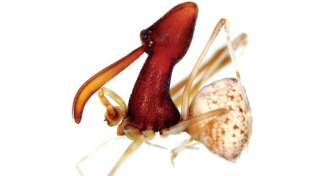 Animals
AnimalsPelican spiders: slow, safe assassins
Spiders, thank goodness, haven’t evolved assassin drones. But the specialized hunters of the family Archaeidae can kill at a distance.
By Susan Milius -
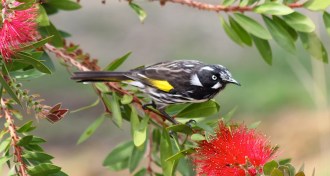 Plants
PlantsAustralian flowers bloom red because of honeyeaters
Many flowering plants converged on similar a color to attract the common birds.
-
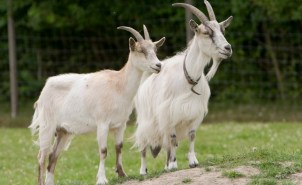 Animals
AnimalsChemical in male goat odor drives the lady goats wild
A new study shows that male goats exude pheromones from their skin that could make female goats ready to roll in the hay.
-
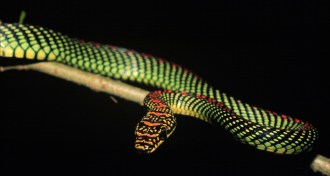 Physics
PhysicsFlying snakes get lift from surrounding air vortices
When a paradise flying snake leaps into and glides through the air, it’s getting lift from small, swirling vortices in the air around it.